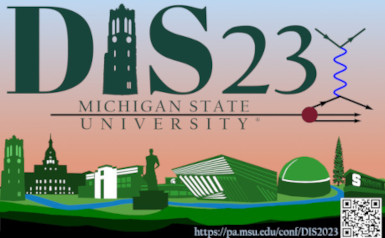Speaker
Description
General-purpose event generators such as Pythia are programs that model complete particle interactions, including the hard process, parton showers, multiparton interactions, hadronization, etc. The objective of these generators is to provide state-of-the-art predictions for high energy collisions, and are essential for bridging the gap between theoretical models and experimental data. Pythia also includes the Angantyr framework for heavy ion collisions.
Pythia offers an accurate simulation of photon-proton collisions validated agains photoproduction data from HERA. In our current work, we take the first steps towards extending this to photon-ion collisions, which are essential for EIC physics. We treat the photon wavefunction as consisting of three components: the direct part, the vector meson dominance (VMD) part, and the anomalous part. For collisions in the VMD state, the interaction can be treated as a hadron-ion interaction, and this is what we have achieved in our current goal applying linear combination of different vector-meson states. We compare this new approach to the full photoproduction in photon-proton, and show results for how the interactions are modified by nuclear effects with in Angantyr. We consider also ultra-peripheral heavy-ion collisions and compare our results of multiplicity distribution and transverse momentum spectra to recent ATLAS photon-ion data.
| Submitted on behalf of a Collaboration? | No |
|---|---|
| Participate in poster competition? | No |
